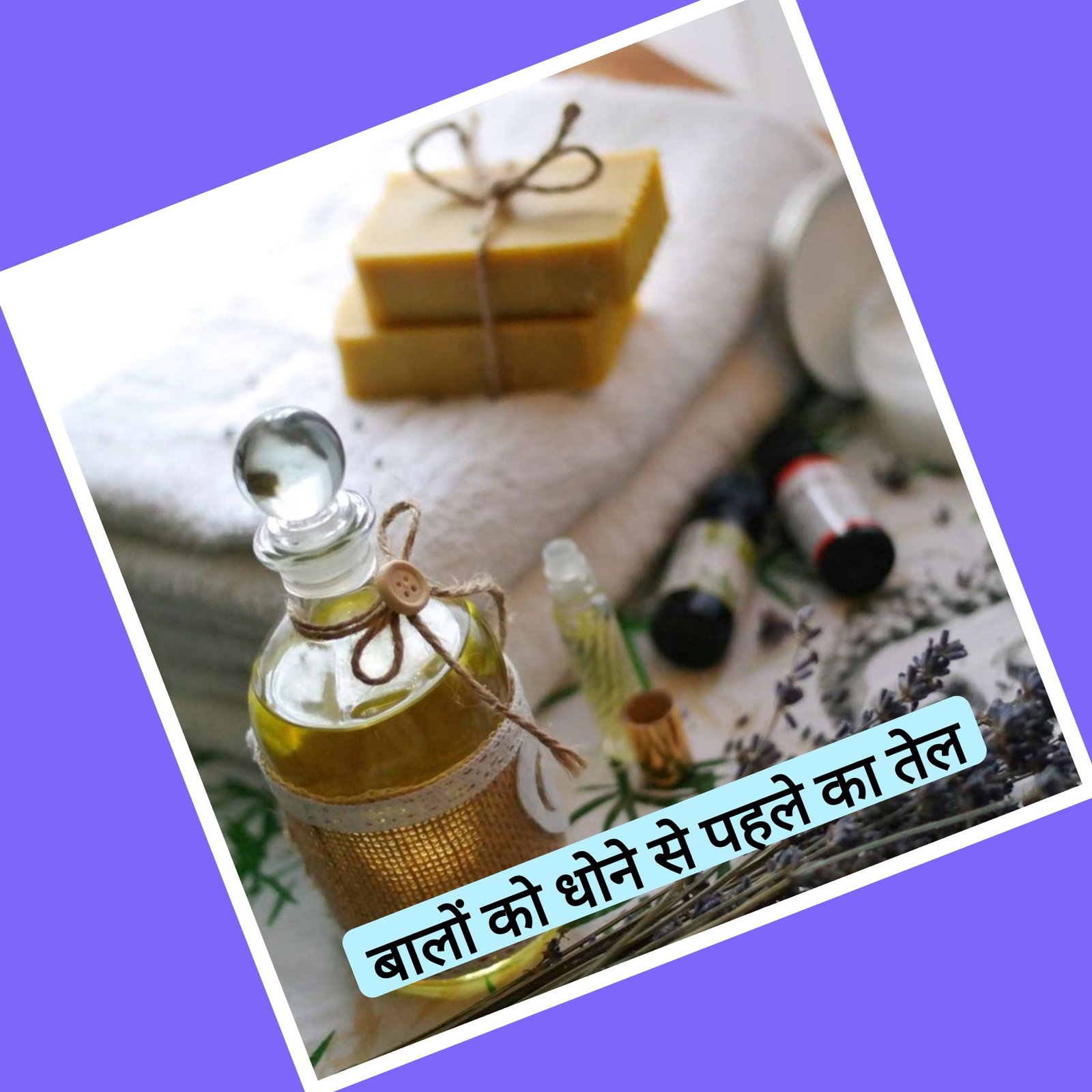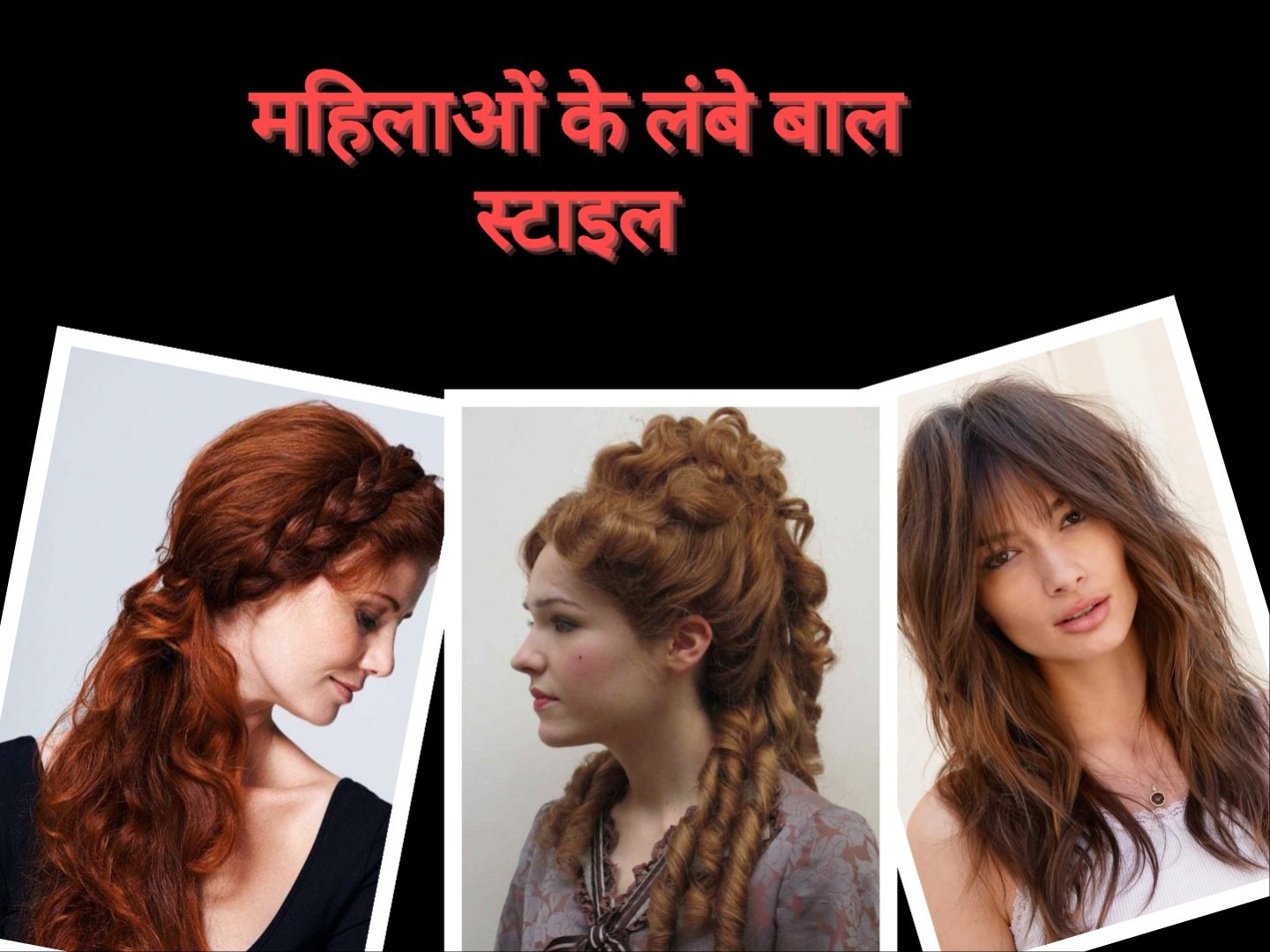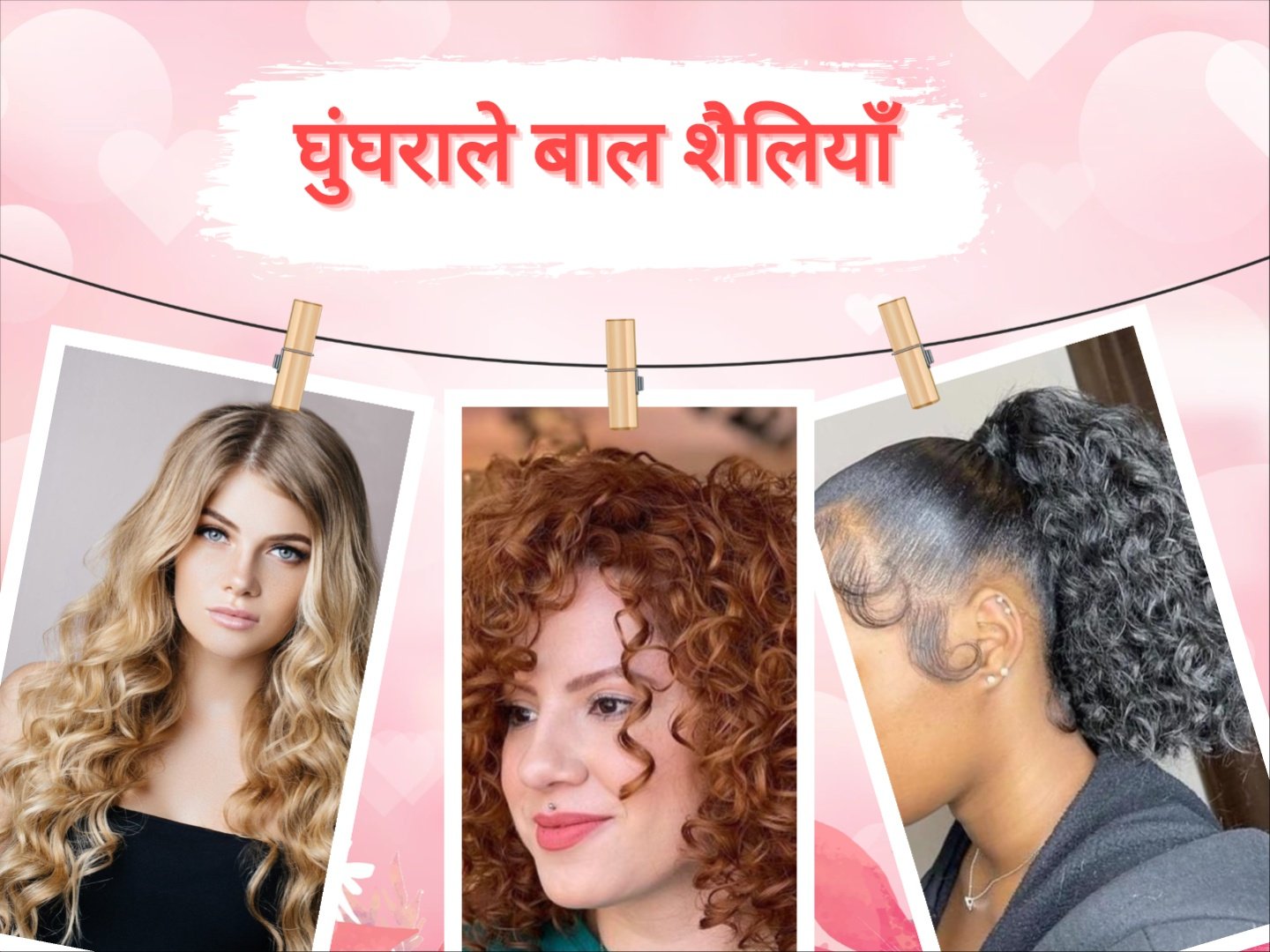🧖♀️ How to Fix Damaged Hair Naturally
🌿 Why Natural Hair Repair is a Game-Changer in 2025
Hair damage is no longer just about split ends—it’s dryness, breakage, thinning, frizz, and even scalp sensitivity. With daily stressors like pollution, heat styling, hard water, and chemical treatments, your hair might be crying for help. But here’s the good news:
✅ You don’t need expensive salon treatments.
✅ Nature has everything you need to repair your hair.
This guide breaks down the most effective natural remedies and proven routines to fix damaged hair naturally—and make it shine again ✨
🔍 Table of Contents (Part 1)
- Understanding Hair Damage
- Top Causes of Hair Damage
- Signs You Have Damaged Hair
- How Hair Heals: The Science Behind Hair Repair
- Best Natural Ingredients for Hair Repair
💡 Understanding Hair Damage
Before fixing it, let’s understand what “damaged hair” really means.
Hair is made of keratin, a protein that forms a protective outer layer called the cuticle. When this layer wears down, your hair becomes vulnerable to:
- Breakage
- Frizz
- Dryness
- Split ends
- Lack of shine
- Elasticity loss
📌 Did you know?
Once hair grows out of your scalp, it’s technically dead. That’s why damage is permanent until trimmed or deeply conditioned with healing treatments.
💥 Top Causes of Hair Damage
Let’s get real. If you’re here, chances are your hair is dealing with at least one of these:
🔥 1. Heat Styling Overuse
- Blow-drying
- Straightening
- Curling
- Hot brushes
🔥 These destroy the natural moisture in your hair, making it brittle and frizzy.
Fix: Use heat protectant sprays + air dry whenever possible.
💧 2. Overwashing or Harsh Shampoos
Sulphates strip away natural oils. Washing too often also disrupts scalp balance.
🛑 Avoid shampoos with:
- Sodium Lauryl Sulfate (SLS)
- Ammonium Lauryl Sulfate
- Parabens
✅ Switch to: Mild, sulfate-free shampoos or natural cleansers like reetha (soapnut).
🌡️ 3. Chemical Treatments
Hair dye, bleach, perms, keratin — all damage your cuticle.
Alternative: Use herbal dyes like henna, or limit treatments to once every 2–3 months.
☀️ 4. Sun and Pollution Exposure
UV rays dry out hair proteins and pollution clogs follicles.
🧢 Protect your hair with:
- Hats
- Scarves
- Natural hair serums
💊 5. Poor Diet & Stress
Lack of protein, biotin, zinc, iron, and chronic stress can cause hair fall and thinning.
✅ Eat:
- Eggs 🥚
- Spinach 🥬
- Walnuts 🥜
- Greek yogurt 🍶
- Berries 🍓
🚨 Signs You Have Damaged Hair
Not sure if your hair is truly damaged?
Look out for these tell-tale symptoms:
| Symptom 💇♀️ | What it Means |
|---|---|
| Split Ends | Weak hair shaft |
| Dryness | Loss of natural oils |
| Dullness | Cuticle damage |
| Excess Shedding | Stress or diet-related damage |
| Breakage | Protein imbalance |
| Tangling Easily | Cuticle not smooth |
| No Elasticity | Lack of moisture |
📌 Pro tip: Wet a strand of hair and gently stretch it. If it breaks quickly, your hair needs hydration + protein.
🧬 How Hair Heals: The Science Behind Hair Repair
Contrary to myths, hair can’t “repair itself” — but you can create the right environment to reduce damage, rebuild protein bonds, and restore moisture.
Natural hair repair relies on:
🔹 Moisture Balance
🔹 Protein Reinforcement
🔹 Scalp Health
🔹 Consistent TLC over 4–6 weeks
Let’s decode each one.
🥑 Best Natural Ingredients for Hair Repair
Ready to start healing your hair? These natural ingredients are powerful, safe, and easy to use at home.
1. 🥥 Coconut Oil – The OG Hair Healer
- Penetrates the shaft
- Reduces protein loss
- Adds softness & shine
How to use:
Warm up and apply to scalp + strands. Leave overnight. Wash with mild shampoo.
✅ Use 2x/week.


















































